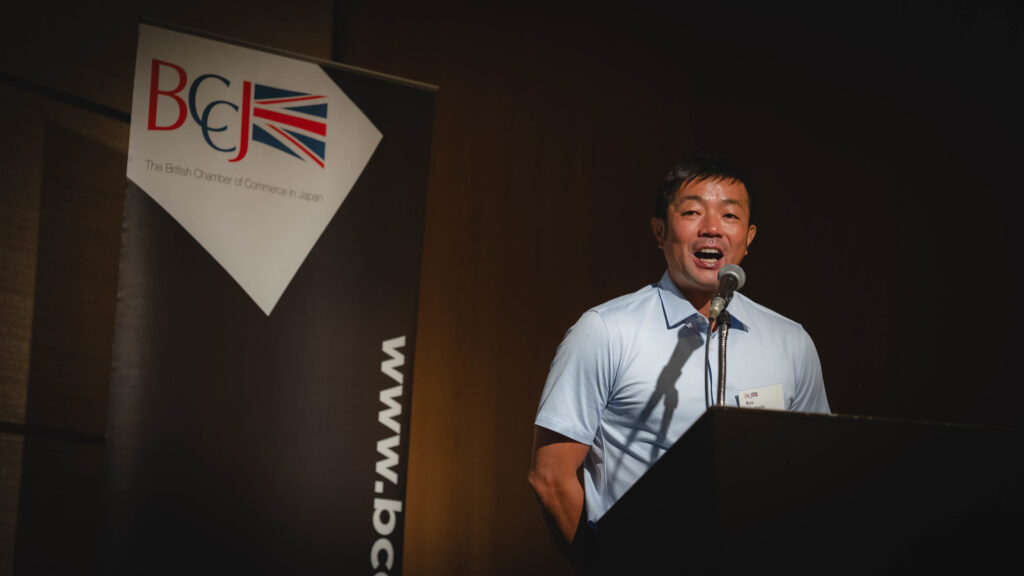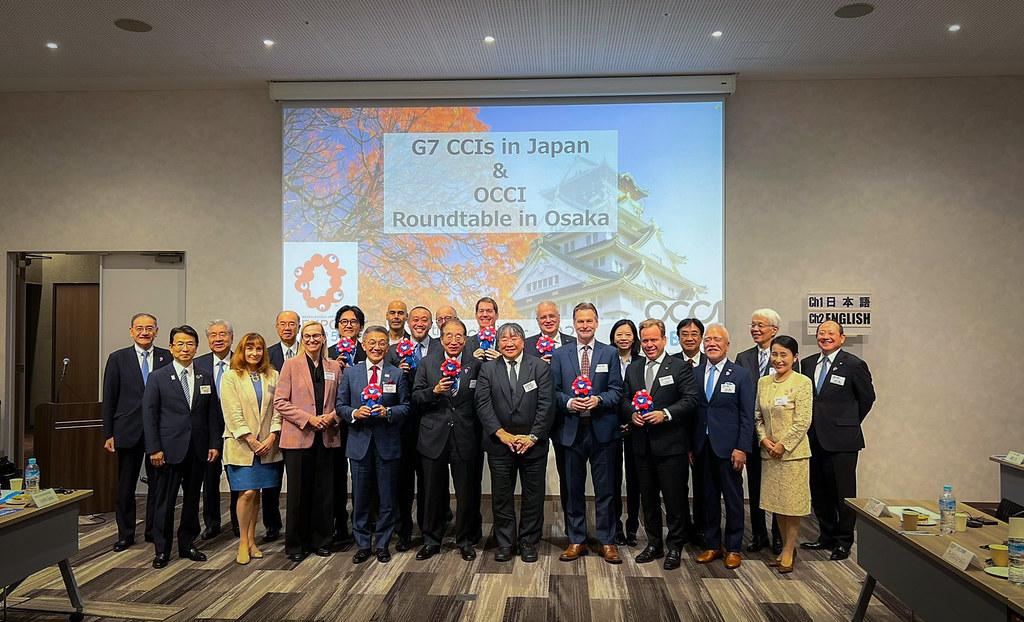Member? Please login
The C.W. Nicol Afan Woodland Trust

Written by Sterling Content
October 6, 2023
Past Event Round Ups
Alongside reducing carbon dioxide emission, conserving biodiversity is essential for the creation of a sustainable global society, according to the Global Biodiversity Framework, which was put in place in 2022.
To support biodiversity, the Japanese government has committed to “30 by 30,” a worldwide initiative to designate 30% of the Earth’s land and ocean as protected areas by 2030, and created a roadmap ”to halt and reverse biodiversity loss while winning back a desirable relationship with nature.”
A central pillar of this work is conserving land and water resources outside protected areas such as national parks. Efforts are defined as OECMS (other effective area-based conservation measures), which include supporting satoyama, the traditional rural landscape of farmlands, forests and wetlands in which people live sustainably with the natural environment.
In July, the Ministry of the Environment held the ninth global conference of the International Partnership for the Satoyama Initiative, which promotes biodiversity conservation in, and sustainable use of, these secondary natural environments formed by human activity.
The C.W. Nicol Afan Woodland Trust is among the organisations in Japan striving to restore abandoned and neglected satoyama in a bid to bring back life to forests. At a British Chamber of Commerce in Japan breakfast event sponsored by Camping with Soul Japan, Ryo Ijichi, managing director of the trust, gave members an introduction to their work.
Restoring the forest
Based in Kurohime, Nagano Prefecture, the trust was set up by C. W. Nicol MBE (1940–2020), a prominent writer and environmentalist from Wales who had arrived in the area in 1980. Nicol saw firsthand how countryside life was deteriorating in parallel with Japan gaining one of the highest economic growth rates in the world.
“With the economic boom, people started to prioritise development and began to forget the rich nature we had,” said Ijichi, noting that vast swathes of natural forest were cut down to make way for golf resorts or to be replaced with timber plantations of cedar and cypress. As these species were fast-growing they were used as a construction material.
“People abandoned the satoyama and we saw a change in hearts and minds, away from natural resources and toward artificial ones,” he added.
Today, 60% of Japan is forested, but only 2% of that forest is natural. Some 43% of the forest is artificial [cultivated through planting], while 54% is secondary (defined as a woodland area regenerated by natural processes after human disturbances such as harvesting for timber and clearing for agriculture).
The reality, however, is that most of the country’s secondary forest cannot be considered regenerated as its ecosystem is not harmonious, according to Ijichi. Non-native species have been left to dominate, thereby hindering the growth of other species and true biodiversity.
Nichol set out with the goal of bringing balance to the secondary forest in Kurohime. First he cut down some of the larger species of trees to allow the weaker ones to grow. This also brought light to the forest floor, which supported the development of numerous plants and flowers. The knock-on effect was the arrival of insects, birds and mammals including racoons, foxes and bears.
Building on his work, he created the trust in 1986 so more people could be involved in the regeneration of the forest and help maintain it for future generations.
Today, his impact continues to grow exponentially. The forest, which spans 35 hectares on the trust’s property, is thriving: home to more than 93 species of bird, 1,000 species of insect (including 45 species of dragonfly) an 65 of Japan’s endangered species.
“Our goal is to create a forest with diversity—where we can host as many species as we can—and productivity, through sustainably harvesting items such as wood, mushrooms and mountain vegetables,” said Ijichi, adding that the trust regards the degree of life in the forest as an evaluation tool.

Reviving communities
Kurohima forest supports not only wildlife but also communities, he added. It is a popular site for camping, teambuilding activities, outdoor meetings and events. Each year, disadvantaged children, including from care homes and schools for the blind, are also welcomed to the forest on programmes designed to provide experiences in nature.
“We would welcome sponsorship to bring more kids to our forest to feel nature through this programme,” said Ijichi.
The trust is also appealing for funding and other support to expand its efforts. Although the north of the forest is in the process of being listed as a “nature positive” OECM, the southern part still requires “quite a lot of work,” he said.
Long-term, the trust hopes to create a forest that no longer needs to be managed: a vision that is showing potential now.
“We believe that some areas have been able to recover into self-sustaining satoyama,” he said, but noted that there is still much to be done across Japan.
“The legacy of this woodland will continue. We are an example of how a trust is turning a forest in an abandoned satoyama into a diverse forest. We want to expand this example for elsewhere in Japan to recreate vibrant forests from abandoned secondary forests, Ijichi concluded.







